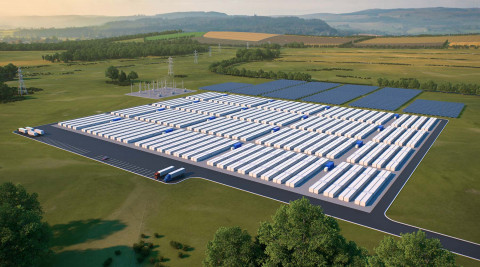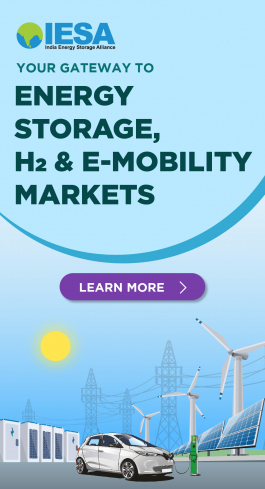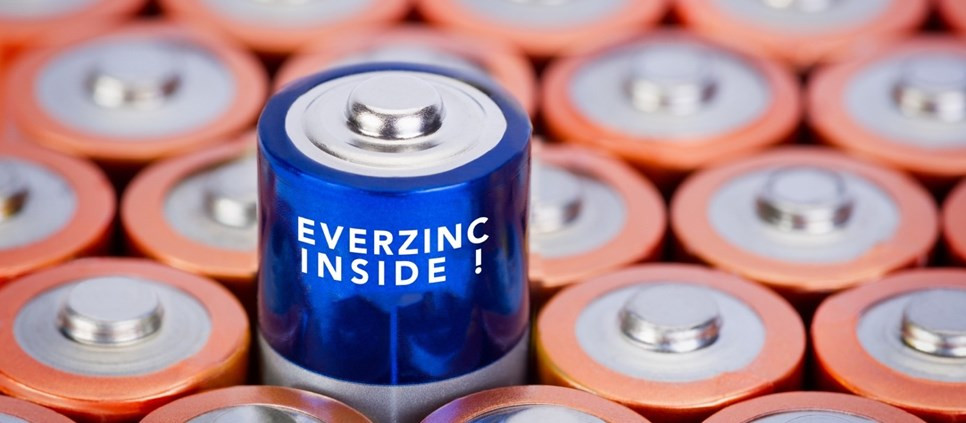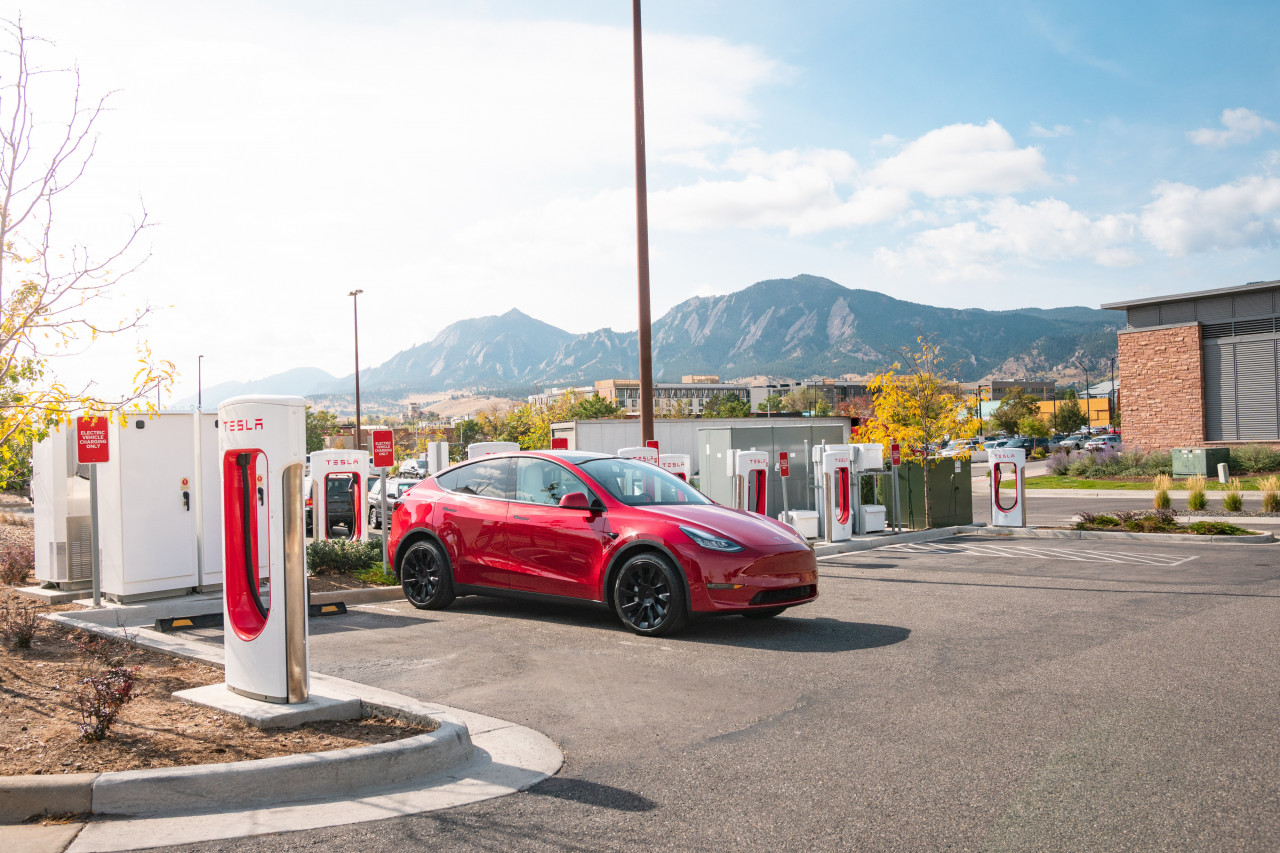US utility-scale battery storage to double, led by additions in California, Texas
America's battery storage capacity is likely to double in 2024, the US Energy Information Administration (EIA) said.
Data shows battery storage capacity in the US would increase by 89 percent if all planned systems come onstream within the targeted time, the EIA said. The country had 16 GW of operational utility-scale battery capacity as of 2023, this could expand to 30 GW by year-end since developers have planned additions of another 15 GW in 2024, the agency said.
The EIA functions as the statistical agency of the US Department of Energy, providing policy-independent data, forecasts, and analyses to promote policy making and efficient markets.
The US requirement for battery storage capacity is driven by the increasing use of renewable sources of electricity to generate power. Battery energy storage systems (BESS) help store surplus power generated by renewable projects (solar, wind, etc) during time of low demand and release it when demand is higher.
The states of California and Texas are expected to lead capacity additions given the large number of existing and planned renewable projects in the two states. California currently holds 7.3 GW of battery storage capacity while Texas holds 3.2 GW of capacity. In December, the Electric Reliability Council of Texas (ERCOT; which handles 90 percent of the state's electricity load) said that it expects around 4.46 GW of battery storage to be available by July of 2024.
However, large-scale battery projects in the US are facing supply chain problems, causing gestation periods to increase by up to six months and projects taking around 12-18 months to complete.
Ben Pratt, CEO of Nova Clean Energy, a utility-scale project developer based in Chicago, said last year that delivery times for transformers and other associated equipment has grown from 50 weeks a year ago to 150 weeks now.


















